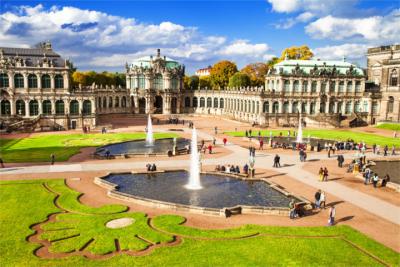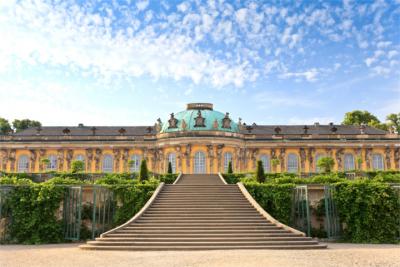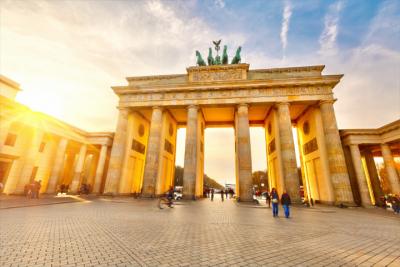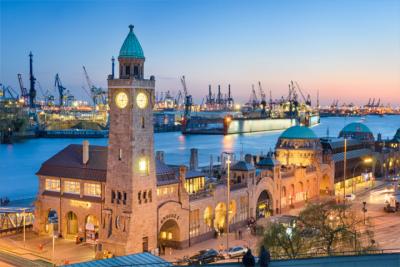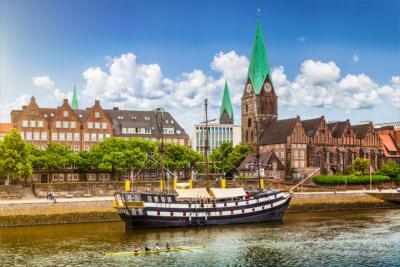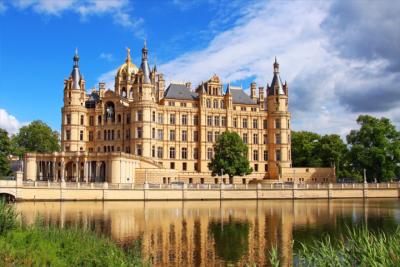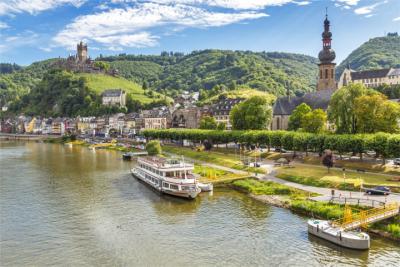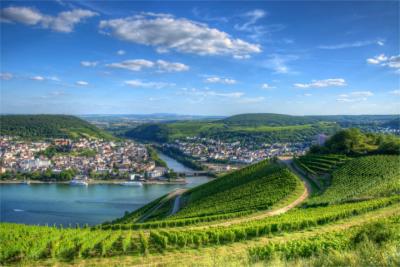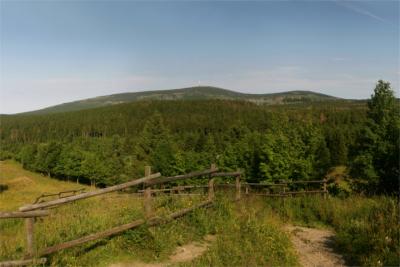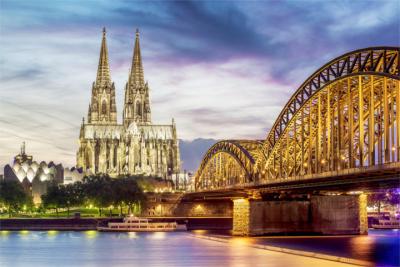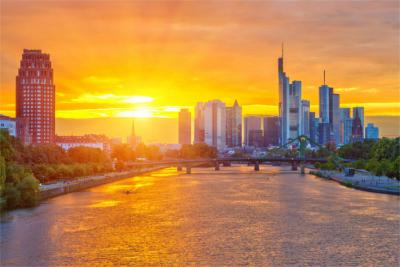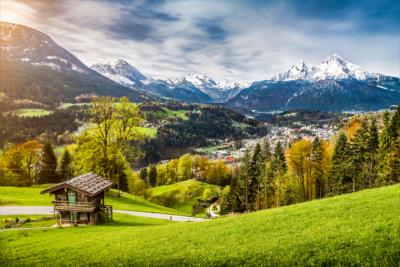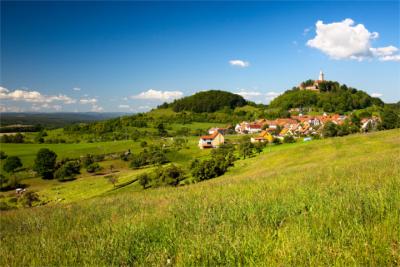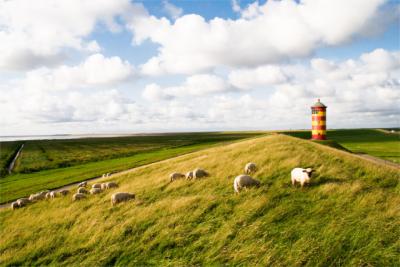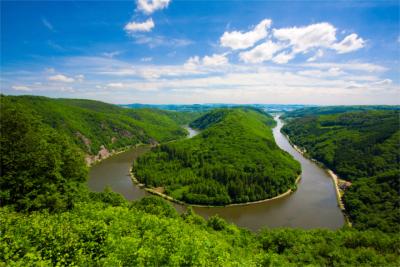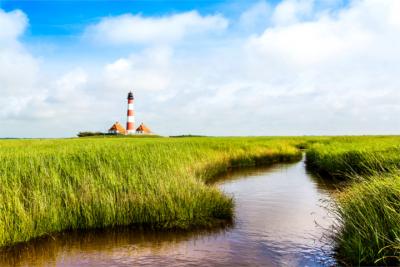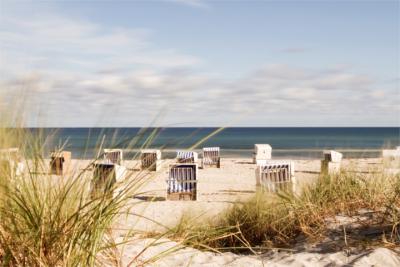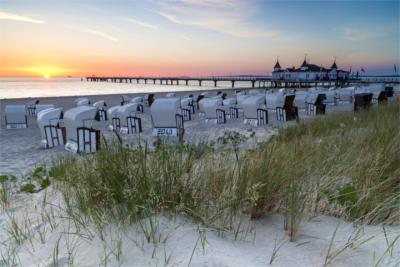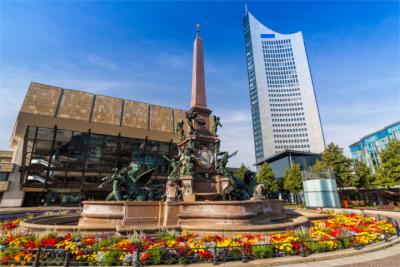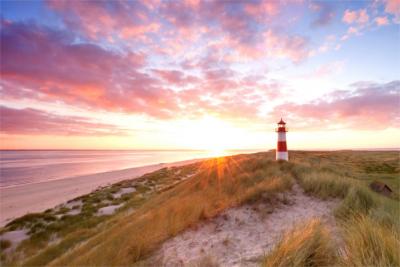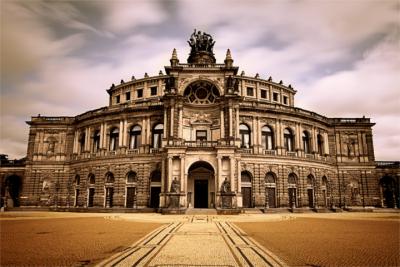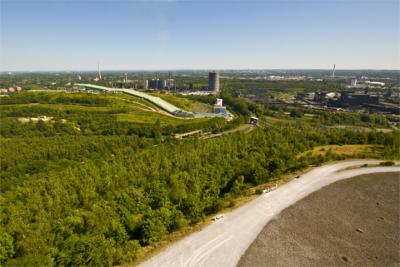Travel Offers
Travelmyne Featureprint
Distance
Bavaria - Tradition, Mountains and Fairytale Castles
Germany's largest state fascinates with a unique landscape, culture and architecture. Enjoy a Mass in the beer garden, climb the mighty mountains or visit one of the beautiful castles. In autumn, the Oktoberfest in Munich attracts millions of visitors.

Geography - Germany's largest state
The Free State of Bavaria (short: Bavaria) has an area of 70,552 km², which makes it the largest German state. Regarding the population, however, it is only the second most densely populated state (after North Rhine-Westphalia) with 12.6 million inhabitants. Bavaria is divided into the following seven geographical and political regions: Upper Bavaria, Lower Bavaria, Swabia, Upper Franconia, Lower Franconia, Middle Franconia and Upper Palatinate. Its traditional regions are Swabia, Franconia and Altbayern ("Old Bavaria"). The Free State is enclosed by Austria in the south, the Czech Republic in the east, Thuringia, Hesse and Saxony in the north and Baden-Württemberg in the west. Important cities are Augsburg, Passau, Regensburg, Nuremberg, Würzburg, Bamberg and Munich. The latter is the state's capital. Bavaria lies in the temperate climate zone with continental influences in the north and alpine influences in the south.

Nature - Magnificent mountains, green meadows and clear lakes
Bavaria's scenery is one of the most beautiful ones in Germany. Wonderful hilly landscapes, magnificent mountains, beautiful lakes and vast green meadows offer a breathtaking sight. With a height of 2,962 metres, the Zugspitze is not only the highest peak in Bavaria but in the whole of Germany. The stunning Berchtesgadener Land accommodates the impressive Watzmann (2,713 m). North of the Alps, you find several heavily forested low mountain ranges such as the Fichtel Mountains, the Bavarian Forest, the Franconian Jura and the Upper Palatinate Forest. Besides the mountains, there is a number of magical lakes. Examples are the Chiemsee, the Tegernsee, Lake Starnberg, the Königssee and parts of Lake Constance. In addition, the beautiful landscape is crossed by many rivers. The two greatest ones are the Main and the Danube. Travellers also see several natural sights in the cities, for example the English Garden in Munich. With an area of 375 hectares, it is one of the greatest parks in the world. Near Garmisch-Partenkirchen you see another highlight: the Partnach Gorge, which is 702 metres long and about 80 metres deep.

Culture - Scenic castles and architecture
Most people think of dirndls, leather shorts, brass music, pretzels and veal sausages when they think of Germany but these are typical features of the Bavarian culture, which distinguish it from other German regions. Traditions and customs play a major role in Bavaria and are maintained by its inhabitants. The Bavarians are very wayward and proud but rightly so. After all, they are the oldest country on earth which still has its original borders. Most of its cities are modern but they still show a traditional architecture and way of living. There is a great variety of museums on art, culture, history and technology, especially in Munich. Worthwhile museums are the Deutsche Museum ("German Museum"), BMW Welt (BMW world), the Alte Pinakothek ("Old Pinacotheca") and the Pinakothek der Moderne (a modern art gallery) as well as the Museum Mensch und Natur ("Museum of Men and Nature"). Travellers who visit the beautiful city of Regensburg should not miss out on a trip to the Walhalla, a memorial with marble busts of significant German people. Bamberg's and Regensburg's old towns as well as the Würzburg Residence are part of the UNESCO World Cultural Heritage. The Free State of Bavarioa is famous for its fairytale castles. The most beautiful one among them is without doubt the world-famous Neuschwanstein Castles. Other well-known examples are Linderhof Palace, Nymphenburg Palace and the New Palace of Herrenchiemsee. The latter lies on an island in the Chiemsee and is often called "little Versailles".

Experience - Beer garden, Oktoberfest and typical costumes
Tourists who travel to Bavaria will probably be greeted with a "Grüß Gott!" ("good greet you"). This shows the Bavarians' hospitality as well as their religiousness. Roman Catholic Christianity is ever-present and reflected not only in the many small churches, pilgrimage sites and religious references, but also in the frequent parades and holidays. Visitors can spend a relaxed afternoon or evening in one of the many typical beer gardens with a delicious Mass of beer and a hearty meal. Popular dishes are Leberkäse ("liver cheese") in a bread roll, veal sausages with sweet mustard, Bavarian potato salad and roasted pork leg. Visit the Hofbräuhaus am Platzl (a restaurant), stroll over the Viktualienmarkt (a market square) in Munich's old town or go to the Bavarian State Opera in the evening. In autumn, the world-famous Oktoberfest (the Wiesn) in Munich attracts millions of visitors. It is so popular that many countries have imitated it. The nightlife is lively and there are a lot of bars, clubs and discos, especially in the big cities. Besides the usual shopping facilities in the cities, holidaymakers should not forget to buy a typical Bavarian souvenir such as a yodelling teddy bear, a beer jug or a traditional costume. Together with Lower Saxony, Bavaria is the German state with the most casinos. Travellers can play roulette or poker here or try their luck at a gaming machine.

Activities - Enjoyable leisure activities in both summer and winter
There is a lot to experience and do in Bavaria. The mountains are excellently suited for going hiking. Mountain biking, mountaineering and Nordic walking are common too. In winter, the Alps are a real winter sports paradise. The lakes, on the other hand, offer great conditions for doing water sports or going bathing. Legoland in Günzburg, Hellabrunn Zoo in Munich (founded in 1911) and the Therme Erding, the largest thermal bath in the whole of Europe, are particularly popular with families. You can go on a trip to the Berchtesgadener Land and on a boat trip on the Königssee to the island of St. Bartholomew or take a cable car to the top of the Zugspitze and enjoy the breathtaking view of the mighty mountains. Another highlight is a ride along the Romantic Road, a popular scenic route from Würzburg to Füssen, which is 413 kilometres long. The route is well-signposted and can be travelled by car or bike.

Information
People who are not from Bavaria often believe that there is only one Bavarian dialect but that is not true. In fact, there are several dialects which differ considerably from each other. The people in the north speak East Franconian, which has a soft pronunciation, while the inhabitants of the west speak Swabian and those in the south Allgäuerisch (another Swabian dialect). You hear the "typical Bavarian" - Lower and Upper Bavarian - and the Upper Palatinate dialect in the east and south-east. The latter three dialects belong together with regard to linguistics and are referred to as "Altbayerisch" ("Old Bavarian").
The impressive scenery, the traditional culture as well as the countless churches, castles and opportunities of being active make the Free State of Bavaria a very attractive travel destination.

